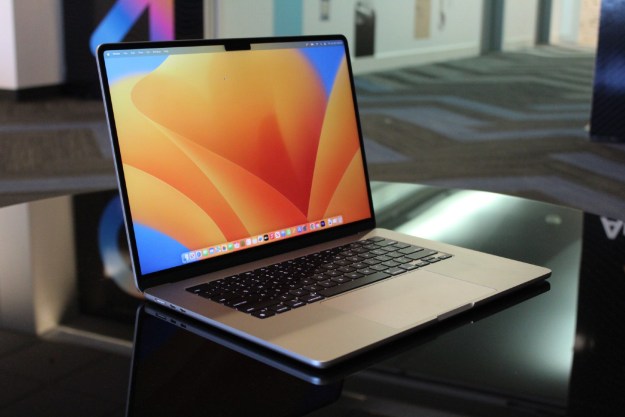
Apple’s “walled” storefronts for iOS and MacOS are seemingly impervious to malicious hackers, but How-To Geek took a look at what scammers are doing on the latter Mac App Store platform. The site discovered that scammers are not only making money from misleading listings, but Apple is getting its portion, too. Microsoft Excel is a perfect example, as there are a number of listed products that are seemingly the real deal, but instead are add-ons that require Microsoft Excel already installed.
As an example, one listing the report highlights is the “Office Bundle” for $30, which pulls up when searching for “Microsoft Excel” and is described as “the easiest way to create high-quality Word documents, Excel spreadsheets, and PowerPoint presentations.” Following that description is a bullet list of general Microsoft Office features. The software is actually a template bundle, but its listing says nothing of the sort.
Adding to the problem is that Microsoft Office Suite isn’t offered on the Mac App Store, and many consumers are likely not aware of this. Armed with this knowledge, scammers are throwing up similar template bundles disguised as Microsoft applications. There are even listed apps that charge $20 or more for providing Microsoft’s free online version of Office into a dedicated browser, and paid Office editors with “Microsoft” in their names based on open-source software.
The problem doesn’t reside with just Office-related clones. This method is used across a wide variety of well-known brands. Search for Adobe’s popular InDesign publishing software and Mac users won’t find the actual tool, but bundles of tutorial videos with icons that closely resemble the official InDesign logo. Search for “Firefox” or “Chrome” and users will find suspicious software called “Fast Browser” for $1. The How-To Geek report even points to an uncanny amount of listed disk cleaners and memory cleaners Mac users simply don’t need.
Overall, the point of the report is that scammers are mimicking official branding and literature to lure in unknowing customers to make some cash. Many are not listing the true nature of their apps, and are locking down search terms and figuring out a way to come out on top in search results to get the unsuspecting end-user’s attention first. Thus, based on the report, the Mac App Store should be Apple’s next project once it has completed the huge task of purging the outdated and broken apps from its App Store for iOS devices.
Editors' Recommendations
- How to change the default apps on a Mac
- Vision Pro App Store reaches early milestone, Apple reveals
- All the best macOS Sonoma tips and tricks you need to know
- Apple could soon kill off the Mac Pro, new report claims
- Report: Apple’s 2024 MacBooks may face some serious shortages


